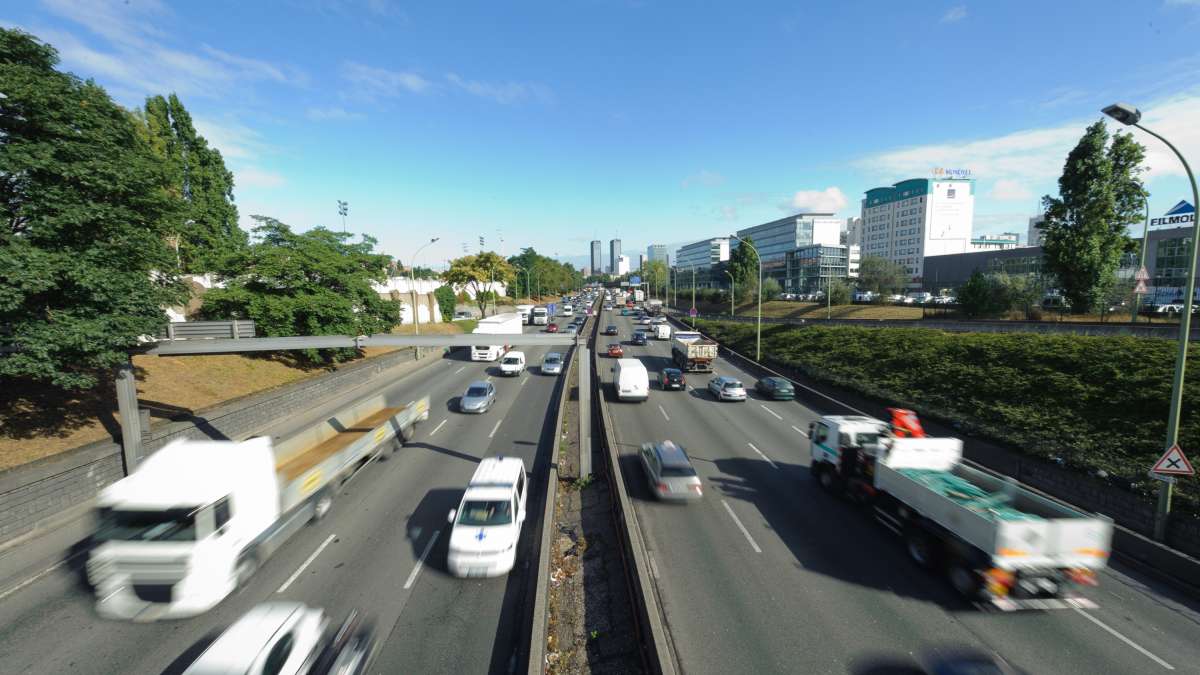This article is part of the folder : Covoiturage : le dossier du Cerema
See the 39 news related to this folder
Optimising the existing infrastructure

The aim of the framework law on mobilities of 24 December 2019 is to create an environment favourable to new mobilities, to decrease single-occupancy car use by making active and shared modes more attractive. The development of alternatives to the private car is also an important issue for congested conurbations.
The objective is now to optimise existing infrastructures, and increasing occupancy of vehicles is one of the levers making it possible to do so. This can be achieved by planning reserved lanes on urban structuring roads or motorways.
This solution consists in reserving a traffic lane at clearly defined times of the day on a section of urban structuring road with a 90/110 speed limit and at least three traffic lanes.
These lanes are referred to as VR2+. They are reserved for circulation of vehicles carrying a minimum number of occupants, applying not only to car-pooling but also to public transport, taxis and low-emission vehicles.
The advantage for authorised users in terms of journey time and journey time regularity has already been proven in planning of lanes reserved for public transport on urban road networks. These advantages can also be expected on suburban infrastructure networks provided the right design and installations are in place, to guarantee a good level of safety for all users.
Recommendations for planning of reserved lanes
VR2+ lanes are road management innovations and for the time being few experiments have been carried out. Pending the results from assessments of the first projects implemented, this guide defines the technical conditions for planning of these lanes, to ensure satisfactory safety and operating conditions. The recommendations in this guide are likely to change according to feedback, which is currently limited.
This guide relating to dynamically managed VR2+ lanes applies to dual carriageway infrastructures comprising at least three traffic lanes, operating at 90 km/h or 110 km/h, performing the functions of urban structuring roads. It presents the rules for signage, visibility and geometry as well as recommendations for operation of these lanes.
Specific experiments will be carried out on other types of VR2+ lanes, with specific planning measures.
In the folder : Covoiturage : le dossier du Cerema

